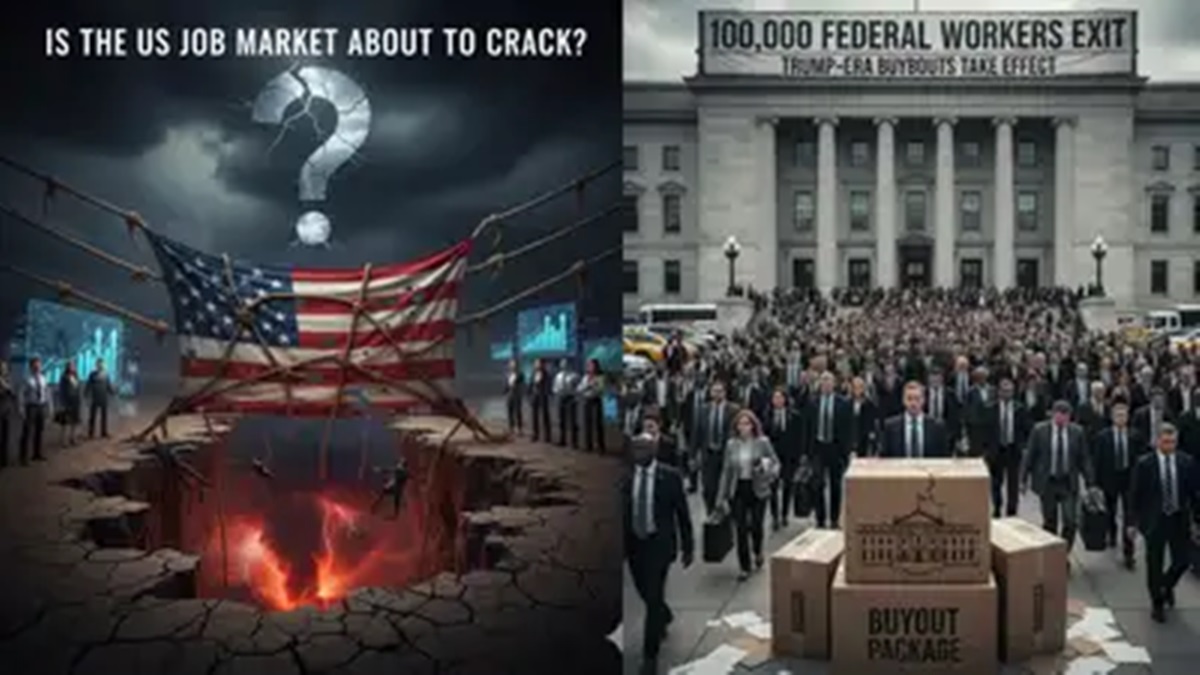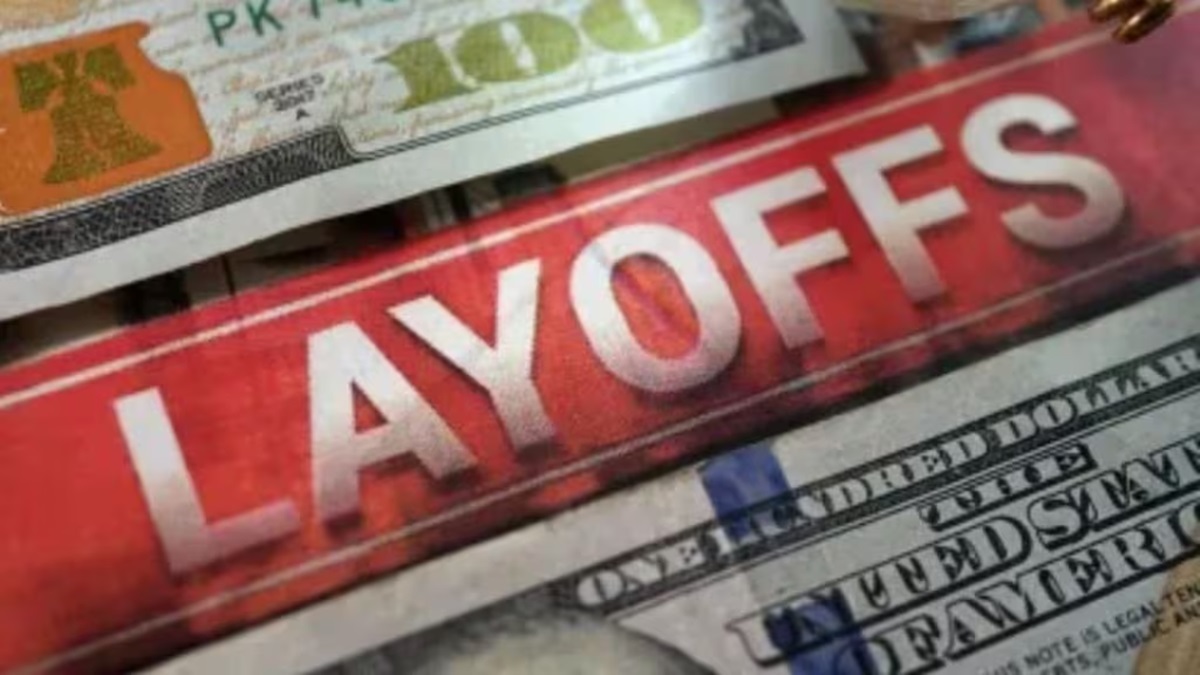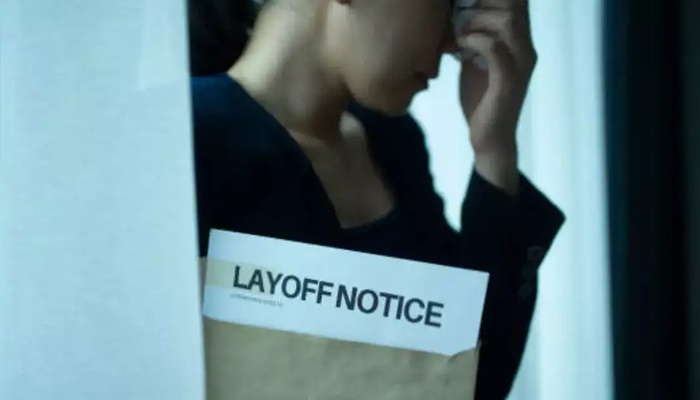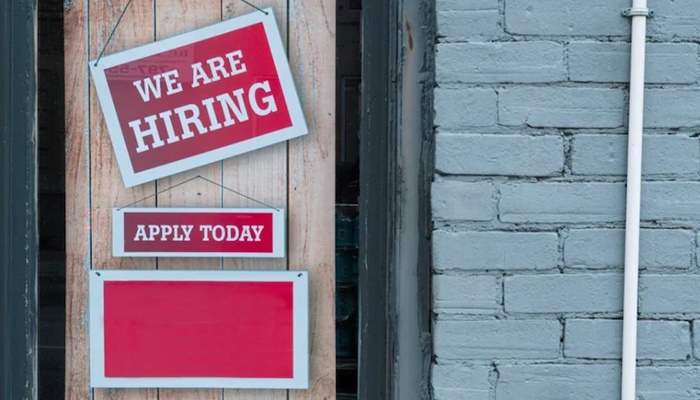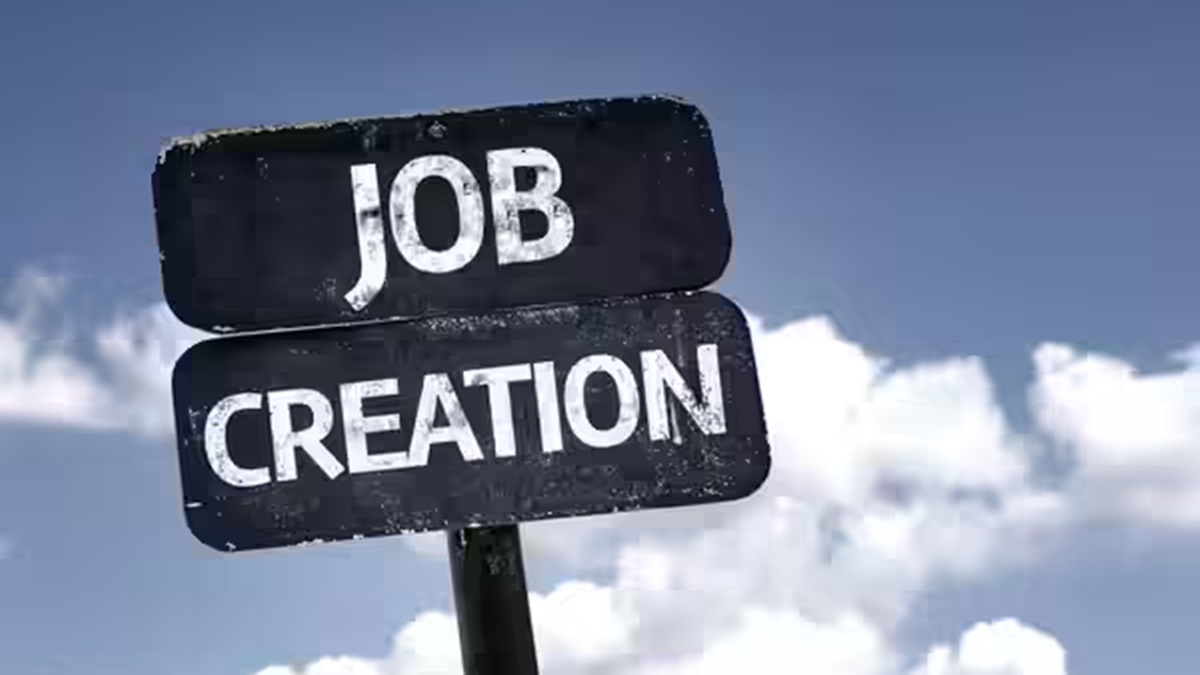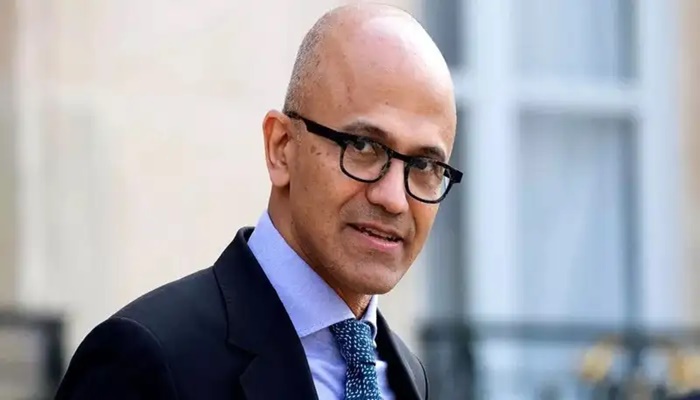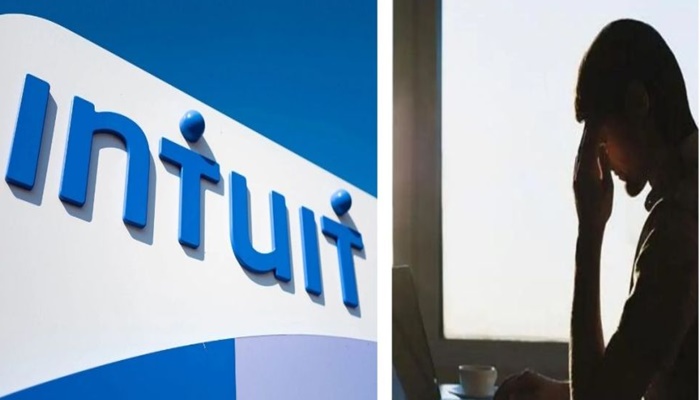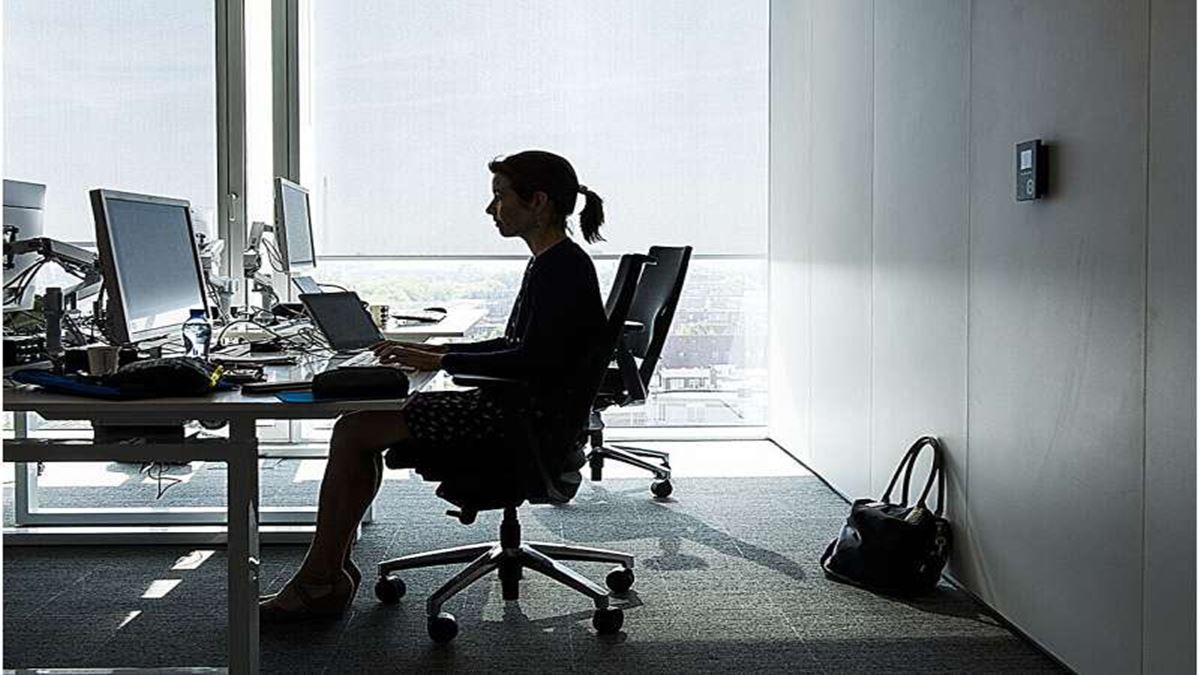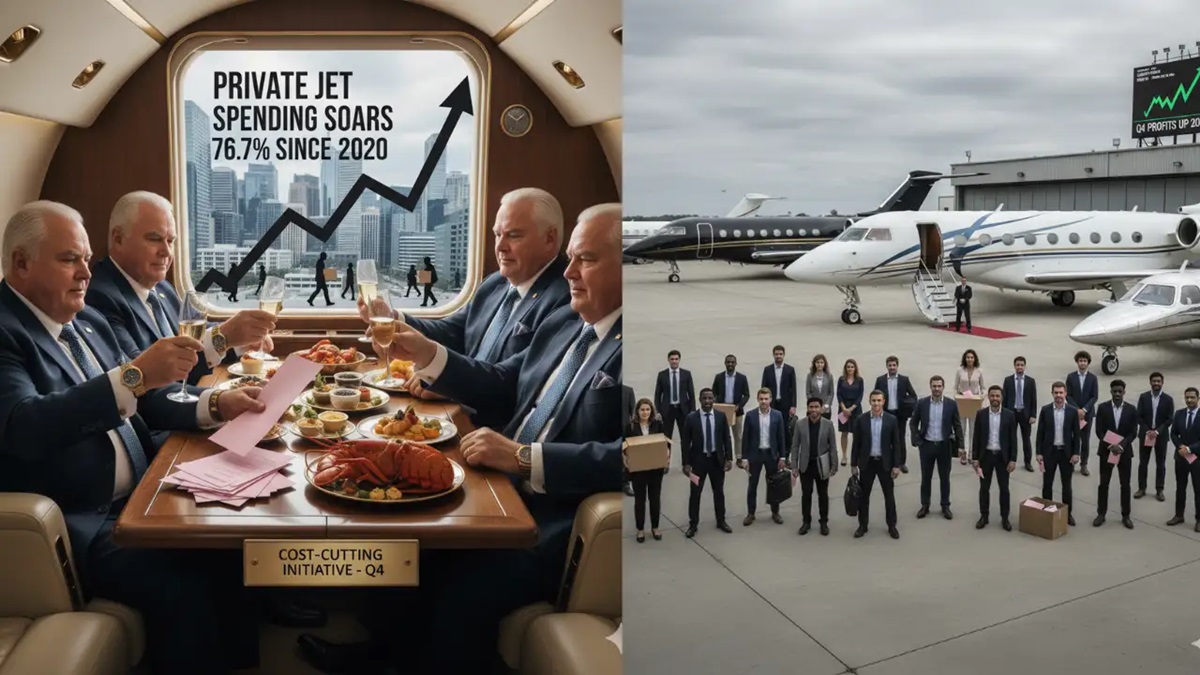According to executive data firm Equilar, more than half of America’s 500 largest companies now pay for their CEOs to fly private. Despite years of workforce reductions and calls for “efficiency,” corporate spending on executive air travel has surged 76.7% since 2020, said a report by WSJ.
The Paradox of Corporate Frugality
The contrast couldn’t be sharper: workers are being told to “do more with less,” yet company chiefs are traveling in greater luxury than ever.
At Meta Platforms, which laid off over 21,000 employees in multiple rounds of restructuring, Mark Zuckerberg billed the company $1.5 million in private jet expenses last year, despite already owning the jet himself. He reportedly uses it for “business travel,” but the cost is reimbursed as though he were an employee claiming mileage for a personal car trip.
At JPMorgan Chase, CEO Jamie Dimon received $293,753 worth of personal travel on company aircraft , on top of $36 million in total compensation for 2024.
Private-jet perks are often undervalued on disclosure forms, listed below market rates to soften the optics.
Perks Shrink , But Jets Survive
Following the 2008 financial crisis, public outrage over executive excess forced companies to trim back many old-school perks:
Corporate-paid country club memberships disappeared.“Gross-up” tax reimbursements, which covered the taxes executives owed on perks, were mostly eliminated.Lavish expense accounts and multi-car benefits were curtailed.
Yet private air travel not only survived , it expanded.
The Security Argument
Corporate filings now often justify private jet spending under the banner of “security.”
Executives have become increasingly visible , and in some cases, vulnerable , in a politically polarized climate.
“It’s a tough thing to hear for rank-and-file employees, but security is a big reason why spending has been so high,” says Amit Batish, Senior Director at Equilar. “Executives, especially high-profile ones, don’t want to travel publicly.”
That logic gained traction after the tragic 2024 killing of UnitedHealth CEO Brian Thompson, which underscored the security risks faced by corporate leaders.
Meta’s Zuckerberg, for instance, draws only a $1 base salary, but receives over $27 million in total annual compensation, including $14 million for security and $2.6 million for personal jet use.
Even outspoken climate advocates are struggling with the optics: Atlassian CEO Mike Cannon-Brookes, who has championed decarbonization, admitted to a “deep internal conflict” about flying private. His defense? His flights are “carbon neutral” thanks to direct air-capture offsets.
Rationalization vs. Reality
Corporate PR departments have a playbook for this: the National Business Aviation Association (NBAA) provides a list of talking points for companies to justify private jet use. These include:
Time efficiency (avoiding delays and maximizing productivity).Security and confidentiality (avoiding public exposure).Flexibility (direct routes to smaller airports).
But beneath those arguments lies an undeniable element of luxury and convenience.
“Once you go private, it’s hard to go back,” says Gregg Brunson-Pitts, CEO of Advanced Aviation Team, a private jet brokerage. His company caters to clients’ personal tastes , from Michelin-starred meals to cashmere blankets embroidered with the executive’s name.
When ‘Business Travel’ Becomes a Commute
The optics get worse when private jets double as personal commuting tools.
At Starbucks, CEO Brian Niccol reportedly commutes from his home in Southern California to corporate headquarters in Seattle on a company jet, a perk that infuriates employees facing layoffs and a strict return-to-office mandate.
Former Starbucks VP Christine McHugh notes, “It’s one thing to use a jet for business meetings , but when it’s for your personal commute, that feels over-the-top.”
The Cost is Small , But the Optics Aren’t
To be fair, even multimillion-dollar aviation budgets are insignificant on a corporate balance sheet. For companies earning tens or hundreds of billions in annual revenue, the cost of flying a CEO privately barely moves the needle.
But for laid-off workers and investors, the issue isn’t the money , it’s the message.
Software engineer Jennifer Peters, recently laid off in Atlanta, put it bluntly:
“It makes me shake my fist because it’s hypocrisy. They say they can’t afford to hire, but the jet budget says otherwise.”
A Symbol of Modern Inequality
Private jets have become a symbol of corporate detachment , a metaphor for the growing distance between executives and employees, both literally and socially.
The pandemic, which initially justified private flights as a health precaution, inadvertently normalized their use. Once executives experienced the efficiency and comfort of chartered flights, few returned to commercial travel.
With companies increasingly embracing cost optimization and layoffs, yet maintaining or expanding private-aviation budgets, the divide has never looked clearer.
Private jets today represent more than just a travel preference , they embody the new face of corporate privilege. As businesses slash costs, freeze wages, and automate roles, their leaders are still flying higher , and farther , from the people they lead.
Because at 30,000 feet, it’s a lot easier to overlook the turbulence below.


